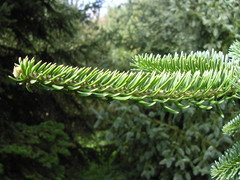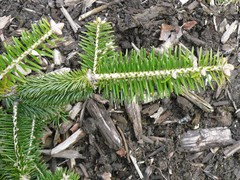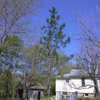Abies recurvata, ernestii, firma, or chensiensis?
ConiferJosh (6a IN)
6 years ago
Featured Answer
Sort by:Oldest
Comments (16)
davidrt28 (zone 7)
6 years agolast modified: 6 years agoConiferJosh (6a IN) thanked davidrt28 (zone 7)Related Professionals
Port Royal Landscape Architects & Landscape Designers · Saint Louis Park Landscape Architects & Landscape Designers · Roxbury Crossing Landscape Architects & Landscape Designers · Addison Landscape Contractors · Ashburn Landscape Contractors · Caldwell Landscape Contractors · Del Aire Landscape Contractors · Eagle Landscape Contractors · Framingham Landscape Contractors · Huntley Landscape Contractors · Kerman Landscape Contractors · Melrose Landscape Contractors · Palatine Landscape Contractors · Vineyard Landscape Contractors · Ferguson Landscape ContractorsConiferJosh (6a IN)
6 years agolast modified: 6 years agodavidrt28 (zone 7)
6 years agolast modified: 6 years agoConiferJosh (6a IN) thanked davidrt28 (zone 7)ConiferJosh (6a IN)
6 years agodavidrt28 (zone 7)
6 years agolast modified: 6 years agoConiferJosh (6a IN) thanked davidrt28 (zone 7)davidrt28 (zone 7)
6 years agolast modified: 6 years agoEmbothrium
6 years agolast modified: 6 years agobengz6westmd
6 years agoEmbothrium
6 years agojean_hoch
6 years agodavidrt28 (zone 7)
6 years agoEmbothrium
6 years agolast modified: 6 years agotreeguy_ny USDA z6a WNY
6 years ago
More Discussions
















clement_2006